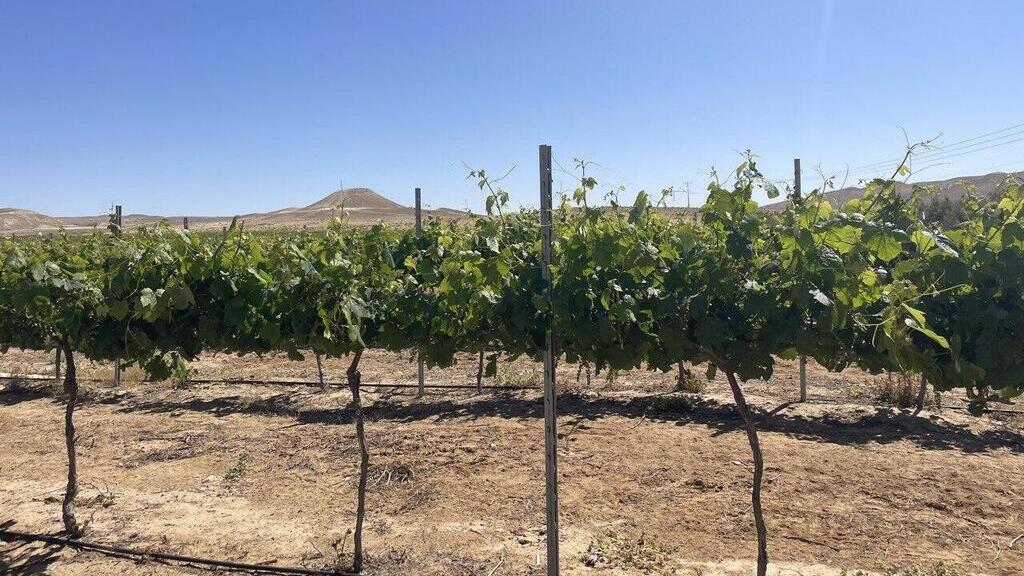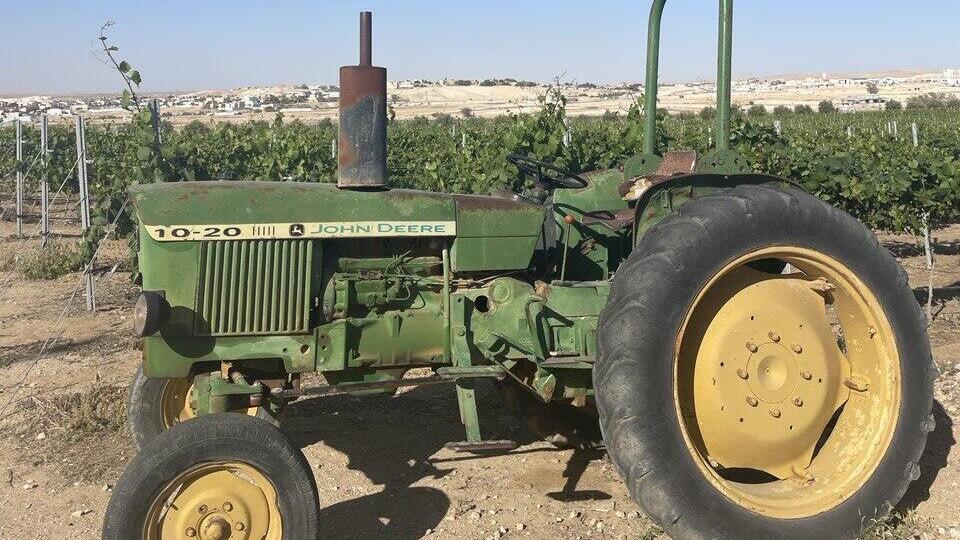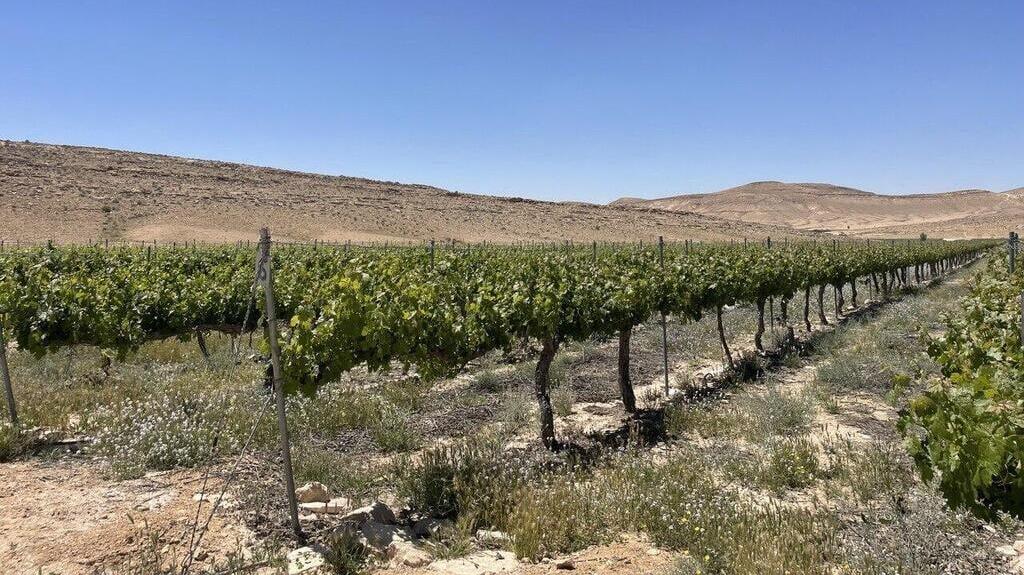Getting your Trinity Audio player ready...
Residents of a new neighborhood of the Desert town of Yeruham can wake up to the view any wine lover would enjoy. 25 acres of vines yielding grapes for a small, family-run Pinto winery. But they are not alone. No less than 42 wineries have recently opened in the Negev.
Read more:
This young local industry still has a long way to go but in 2020, wineries in the area were officially recognized as an appellation, under the name Yehuda.
According to local folklore, Israel's founder and first prime minister David Ben Gurion was told by experts trees would not be able to grow in the desert. So, he replaced them with others. Growing in the local limestone soil does present challenges but also provides the grapes with a unique flavor helped by the Negev terroir.
The challenges are posed by the arid climate and the altitude of 600 meters (1970 feet) above sea level with an average of 325 sunny days a year and 80 millimeters of annual rainfall. These extreme conditions have an impact on the vines and the wine their grapes produce. In the Jerusalem hills, where many vineyards were planted, annual rains amount to between 100 and 800 millimeters.
But the Negev growers have much more control over the amount of water each plant receives and can decide what wines to produce. Fossils found near the Ramon crater showed the ancient Tethys Ocean had once covered the region, leaving a salty soil that permeates the vines.
One of the oldest wineries, Yatir, planted its vineyards in 1980 after discovering the potential in the local soil. In fact, winegrowing was documented there as early as the first Judean dynasty some 2,500 years ago.
Although northern Israel is considered more suitable for the growing of grapes, it is in the Negev that new and creative methods had been developed including in higher altitudes and in cross-breeding of grape types.
Journalist Tsur Shezaf decided to leave the comfort of his Tel Aviv life 11 years ago and plant his first 5 acres of vines, just north of the Ramon crater. Today he uses natural methods to produce wine. His neighbor from the Nana Winery planted his vineyard on 7.5 acres 13 years ago. He was the first farmer in 2,000 to do so in that region. He had a struggle on his hands. He had to lay down water pipes, grapple with camels eating his vines and deal with the security challenges posed by his proximity to the border with Egypt.
But Nana was ready to take on bureaucracy along with everything else and turned the area of the Ramon crater into a wine country. Others soon followed to grow a thriving young industry. The Pinto Winery in Yeruham is building a visitors' center and hopes one day to also open a Micheline Star restaurant.
Merage Foundation Israel is willing to help this new wine country grow and is conducting a land survey, studying the climate and precipitation as well as, determining which types of grapes would be best suited to the area. It is part of the foundation's plan to make the Negev a leading tourism site.
If the government recognizes this part of the Negev as a wine country, international recognition will follow.




